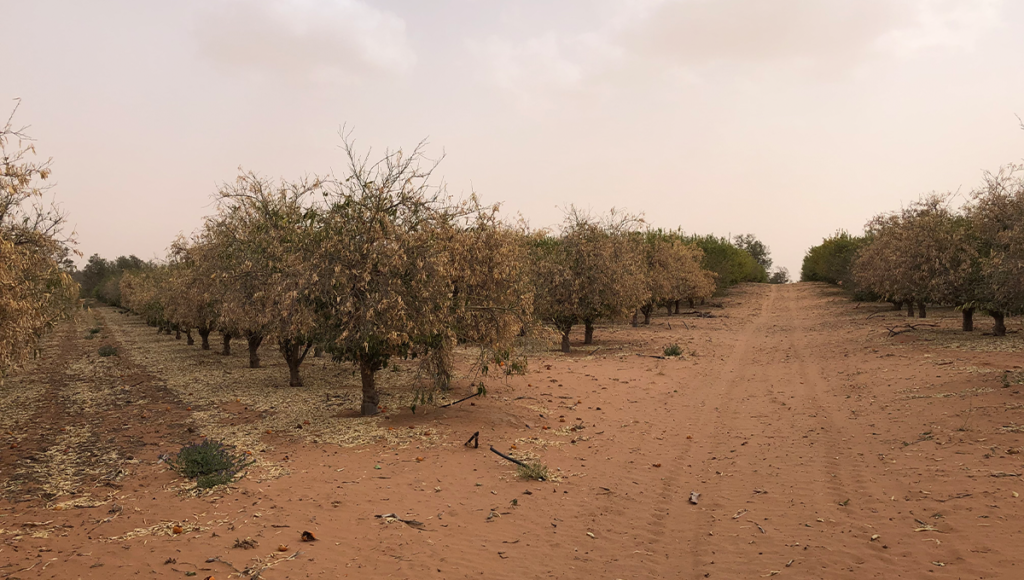The water problems of NSW reflect government decisions as much as they reflect Mother Nature
Over recent months I have had the opportunity to travel to the far flung corners and towns of our State, in my role as Shadow Minister for Water. More and more I am getting an understanding of our “grey nomads” that hook up the caravan and drive across this beautiful and diverse country of ours.
I have met with farmers and Councils, store-keepers and tourist operators, locals and blow-ins. I have been shown the potential of these great places when the times are good, when there is water and money aplenty. I have heard the heartbreaking stories about times like now, when there is no water and no money and towns and communities are literally dying.
There is no doubt that our climate is currently serving up a drought. Some are saying that this is the worst drought in history, but we only have records for the last 200 years and our continent is billions of years older than that. In historical terms that are much longer than 200 years, but much shorter than billions of years, the Indigenous people have been here for 50,000 years or more and they certainly don’t have a story that describes dry rivers like we have today.
In very real terms, there are a handful of decisions that have been made by the women and men that form Governments at both the State and Federal level that have undoubtedly affected the current dryness of our rivers. Indeed, back in the 1990’s it was then Prime Minister John Howard who correctly took action to “save” the Murray-Darling. This project needed Federal leadership because the river system spans across 4 States.
Here in NSW we have responsibility for things called Water Sharing Plans which basically decide who will get what water. These Water Sharing Plans need to be balanced with the (expected) available water storage, rainfall and the needs of the wider river system. Basically, water is made available for 3 uses – community, environment and irrigation farming. It is a fact that environmental water and water for communities goes hand in hand – because this water allows the rivers to flow which means that the environment is saved and the towns have access to river water to treat and send to homes. Meanwhile, the Government has approved private dams on farms capable of holding more water than Sydney Harbour to be built and for pumps to be used on the river that are 16 times bigger than those used previously – locals out west tell stories of the river flowing back upstream under the power of these pumps.
Interestingly, the State and Federal Legislation requires that water for basic human needs is the highest priority allocation, but this relies on estimates going forward about when the next rainfall will come and how much water will be in that rainfall. What we have now is a situation where the water in our river and dam system has been over-allocated (sold off) at a time when no decent rain has fallen for 3 years. We could build 50 new dams but this will place more pressure on the river system, deprived of these flows, and if the allocations are handled the same way, we still won’t have more than 3 years of water. Maybe it’s time to allocate water with a belief that there might be a 5 year, 7 year or perhaps even a 10 year drought in the future.
